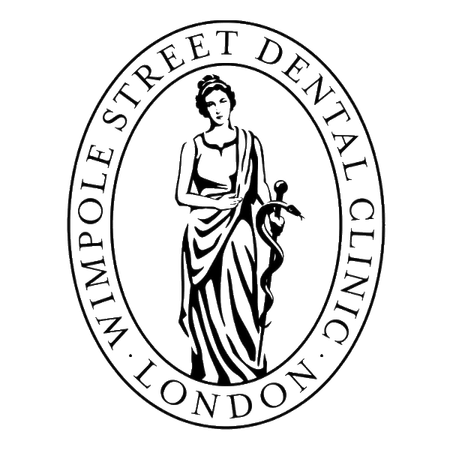Misaligned Jaw/Bite
A misaligned jaw or bite, sometimes referred to as malocclusion, refers to a condition where the upper and lower jaws do not fit together in an usual way.

What is a Misaligned Jaw/Bite?
This misalignment can affect the way the teeth come together when biting or chewing. Malocclusion can occur due to numerous factors, including genetics, developmental issues, or habits that affect jaw growth.
Symptoms of an Misaligned Jaw/Bite
It is now believed that a misaligned bite has no substantial role in jaw pain or discomfort. The manifestations are mainly cosmetic, although oral hygiene, mastication and speech may also be affected.
If a patient has an unstable bite and also suffers from teeth grinding (bruxism), the consequences may be more severe than if the bite is more aligned.
What is the most common cause of an Unaligned Jaw/Bite?
The causes of an unaligned jaw or bite can vary. In some cases, genetics play a significant role, as malocclusion can be inherited from parents. Other common causes include:
- Jaw Development: Problems during jaw development can lead to an unaligned bite. Issues such as a small jaw, a large jaw, or a discrepancy in jaw size between the upper and lower jaws can contribute to malocclusion.
- Premature Loss of Teeth: Early loss of primary (baby) teeth or permanent teeth can affect the eruption and alignment of the remaining teeth, leading to malocclusion.
- Thumb Sucking or Pacifier Use: Prolonged thumb sucking, or pacifier use beyond the appropriate age can impact jaw development and tooth alignment, resulting in malocclusion.
- Dental Habits: Oral habits like tongue thrusting, nail-biting, or pen chewing can exert pressure on the teeth and jaws, contributing to an unaligned bite.
- Facial Trauma: Injuries to the jaw or face, such as fractures or dislocations, can cause misalignment of the jaw and subsequent malocclusion.
Some common treatment options include:
- Orthodontic Treatment: Braces or clear aligners, such as Invisalign, are commonly used to correct malocclusion. These appliances apply gentle pressure to gradually shift the teeth into proper alignment.
- Dental Restorations: In cases where malocclusion is caused by missing teeth or severely misshapen teeth, dental restorations like dental bridges, crowns, or dental implants may be recommended to restore proper bite alignment.
- Jaw Surgery: In more severe cases of malocclusion, jaw surgery (orthognathic surgery) may be necessary. This procedure involves repositioning the jaws to achieve proper alignment and bite function. Jaw surgery is typically performed by an oral and maxillofacial surgeon in collaboration with an orthodontist.
It’s important to consult with a qualified dental professional or orthodontist to determine the most appropriate treatment plan based on your specific condition and needs.
In conclusion, misaligned bite affect mainly the appearance of the teeth/jaws, but can be a contributing factor in difficulties with chewing or speech, and jaw pain. Genetics, jaw development, dental habits, and facial trauma can contribute to malocclusion. Treatment options include orthodontic treatment, dental restorations, jaw surgery, and TMJ management. Seeking professional dental guidance can help address malocclusion and promote proper alignment for improved oral health.
New page design
Written by: Prof Dr Christian Mehl
Medically reviewed by: Dr Raul Costa
Original content created
Written by: Prof Dr Christian Mehl
Medically reviewed by: Dr Raul Costa
Wimpole St Dental Clinic has strict sourcing guidelines and relies on peer-reviewed studies, academic research institutions, and medical associations. We avoid using tertiary references. You can learn more about how we ensure our content is accurate and current by reading our editorial policy.

